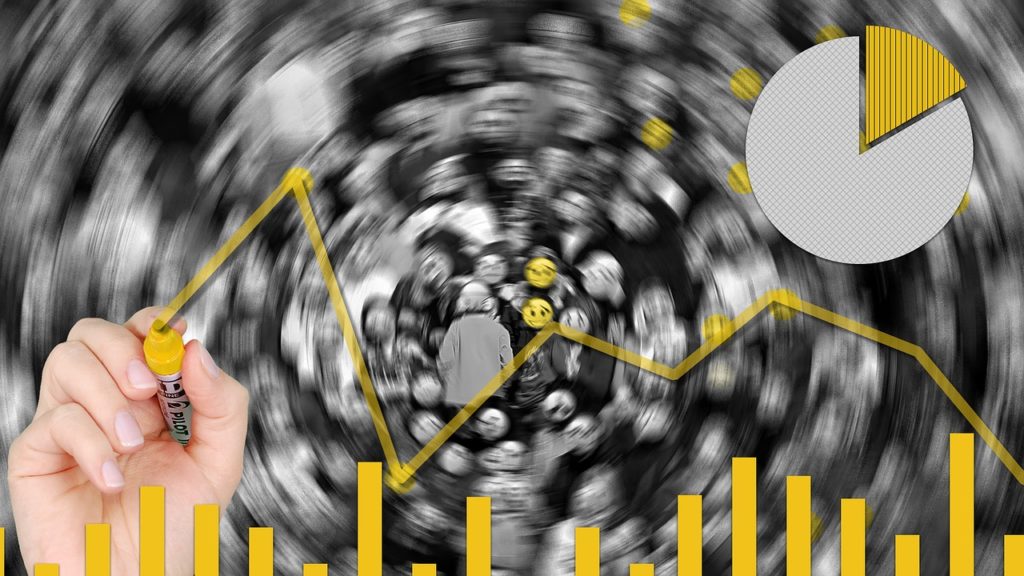Data visualization is a rapidly expanding way to work with data that involves representing the information through charts, graphs and other visual offerings. It provides particular value to business leaders who want to make sense of their data and track how trends change through time.
No matter if you’re working with data visualization tools for the first time or want to start exploring what a new app offers, this list will help you decide which ones are most suited to your needs.
1. Sisense
Analysts believe that one of the top data visualization trends of 2019 will be data democratization — the concept that anyone at a company should hold access to data at any time instead of depending solely on a small team or one individual to dig through the data. Sisense is a data visualization tool that could help a company get closer to its data visualization goal.
That’s because the tool allows importing data from a variety of sources, then cleans and combines the data to get accurate and valuable results. Plus, users can deploy this solution on-premise, in the cloud or through a hybrid option.
2. Zoho Analytics
Tech professionals also predict data visualization as one of the trends marketers should know in 2019, right alongside other emerging technologies including artificial intelligence and blockchain. Zoho Analytics is another excellent data visualization tool, and it’s suitable for people working in marketing or similar roles at a company.
You might know this product by its former name, Zoho Reports. Using it is straightforward thanks to the drag-and-drop functionality for creating reports or dashboards. As a result, even people who don’t work with data regularly can create visualizations quickly.
3. Map Business Online
Map Business Online is a geographical mapping software for PC and Mac. While using it, people can generate heat maps or visualize their business data in ways that inform them of the best places to open new locations, for example.
One way to use it could be to keep track of sales data. Sales data falls into three main categories: Customers, prospects and competitors. If you formerly only looked at such data on a spreadsheet, it’s difficult and time-consuming to visualize it geographically in that format. Map Business Online simplifies the task by allowing you to import data from an Excel spreadsheet and quickly see a visual representation.
4. Tableau
Another trend to look out for in 2019 is the shift of many company operations — including business analytics — to the cloud when possible. Tableau is one of the most well-known data visualization suites, and it caters to the cloud-centric mindset. People can analyze data located on-site or in the cloud, plus get real-time analytics from specific departments.
One reason why data visualization has become so valued by business executives is it allows them to see what works and what doesn’t. Tableau is powerful and provides a range of analytics for users to study.
5. Domo
One of the helpful features of Domo is that it facilitates preparing data for analysis even if people don’t have SQL knowledge. It’s also possible to look at data on a smartphone or tablet, which is useful for people who need to access charts and similar representations while on the go, such as during client meetings. Also, features allow for hassle-free sharing across organizations, as well as collaboration.
6. Power BI
Power BI is Microsoft’s answer to companies that need data visualization tools. It has built-in data governance and security features, plus a user-friendly dashboard to help people extract useful insights from imported data. Moreover, people can immediately connect to data sources, even those comprised of streaming or real-time information.
Then, once Power BI creates a report from a data visualization, collaboration can happen within a few clicks. That’s one reason why this tool aligns with the data democratization trend mentioned earlier.
These Tools Help People Embrace the Worth of Data Visualization
In 2019, data analysts and people in other tech roles should expect to see an increase in data used to tell compelling stories, such as during stakeholder meetings or to convince a CEO to take the business in a new direction. But, it’s hard to be a data storyteller without using data visualization tools. They help viewers make sense of trends and patterns.
The ones listed here will likely remain prominent through 2019 and beyond, helping to shape the trends mentioned and others.
- What Data Visualization Tools Are Best to Use in 2019? - February 17, 2019
- 3 Game-Changing Transportation Tech Trends - January 10, 2019
- This D-Link Camera Has a Huge Security Flaw, According to Consumer Reports - November 17, 2018




Great and useful list! Would love to see OpenText-Magellan on this list. It’s a great data visualisation and analytics platform for customised dashboards and interactive visual reports.